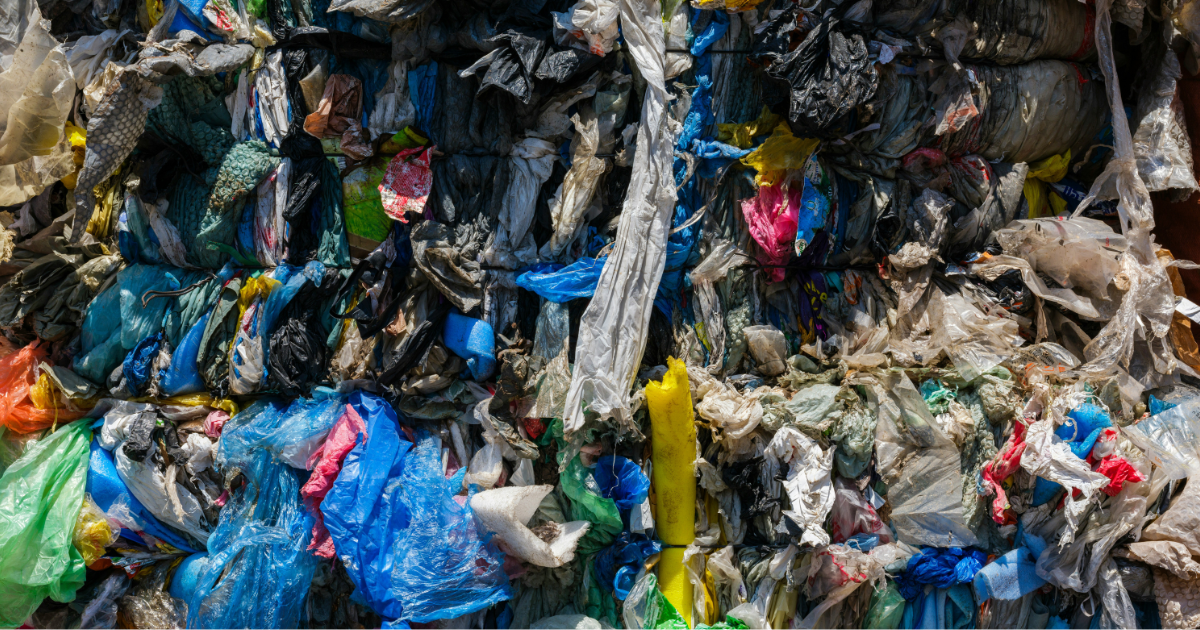“A matter of their bottom line”: In a changing climate, who will insure our houses?
One senior economist said insurance companies are often more realistic about climate change than the government.

Home insurance is becoming harder to afford — and in some places, impossible to get — as a worsening climate pushes insurers to retreat from high-risk areas. During one of Sydney’s wettest Augusts on record, it’s hard to ignore that extreme weather events are becoming more common, even to metropolitan areas like the North Shore. Economists are warning that “you can't insure yourself out of a climate crisis”.
Wild weather increasing on the North Shore
According to data from the NRMA, wild weather in Australia is increasing in severity and frequency, with the insurance company receiving as many claims for wild weather-related damage in the first half of 2025 as they did the entirety of 2024. Among the greater Sydney region, the North Shore (Hornsby to North Sydney) area has been the hardest hit.
So what will this mean for your insurance policies and premiums?
2022 was a year of record insurance payouts from weather-related catastrophes — largely due to floods in northern New South Wales and southern Queensland — and the average home insurance premium rose by 14%.
Jack Thrower, a senior economist at the Australia Institute, writes in a 2025 paper that “consumers are likely to face ever-growing premiums as insurers look to improve their profitability in the face of worsening climate disasters.”
Speaking to the Lorikeet, Thrower said that as risks escalate “there will become areas which won't be insurable just because they are simply too risky.”
“Insurance companies deal with probabilities, not certainties,” he said.
According to Thrower, insurance companies understand climate change as an inevitability, and will not hesitate to withdraw coverage from areas where its effects are likely to be felt. “This is a matter of their bottom line”, he said.
“[Insurance companies] talk often more realistically about the risks of climate change than the government does.”
A changing climate already impacting insurance in NSW
The impact of harsher weather on home insurance can already be seen in areas such as northern NSW. In a report from the Climate Council, 15% of properties in northern NSW cities like Byron Bay and Lismore will be uninsurable within the decade.
Climate change projections from the CSIRO and the Bureau of Meteorology state that an observed change of global warming is extreme rainfall events becoming more intense.
According to reporting from The Mid North Coaster, insurance is already often difficult or impossible to find in these areas.
“Flood insurance wasn’t an option,” a Kempsey business owner said. “My insurer said no.”
“I think if I fished around hard enough and paid a big enough premium, then I probably could have got insurance, but you'd be looking at $40,000 or $50,000 a year which is massive.”
In order to better prepare North Shore residents for more frequent and severe weather events, the NRMA has been working in collaboration with the Australian Red Cross to provide local workshops to residents that offer insights into local weather risks and practical advice on how to prepare for an emergency.
Since 2020, Sydney has experienced above-average rainfall in all but one year (2023), a pattern of wetter weather already experienced further south over many decades.
The Insurance Council of Australia released data in May quoting the price of flooding on Australians in the billions of dollars – and called on the government to invest as much as $30 billion to protect the country’s most at-risk areas.
Image Credit: Wes Warren via Unsplash

